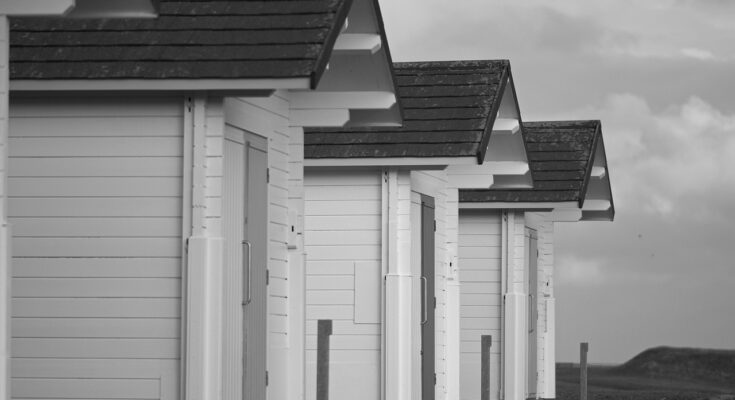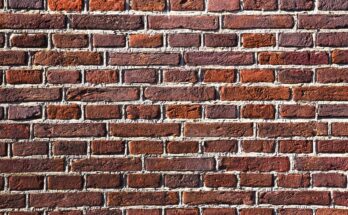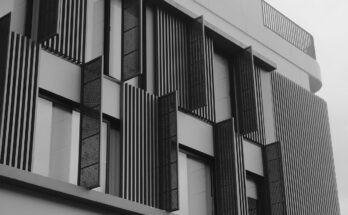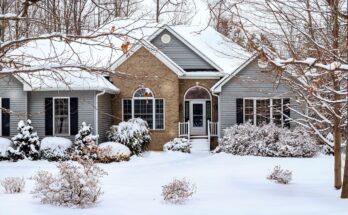ZonaJakarta – Composite timber cladding has carved out a space as one of the most popular exterior finishes in modern architecture—and it’s easy to see why. It combines the warm, natural appearance of wood with the durability and low-maintenance appeal of modern materials.
For homeowners and builders alike, it promises the best of both worlds: visual charm with less of the upkeep real timber demands.
But here’s the deal—“low maintenance” doesn’t mean you can ignore it completely. Just like any material exposed to sun, wind, and rain, composite timber cladding still needs a little care to stay in peak condition.
Whether you’re new to the material or just unsure how to treat it, here’s a practical breakdown of how to keep your composite timber cladding looking fresh and functioning well for the long haul.
Start With a Routine Look-Over
Composite cladding holds up well against the elements, but it’s smart to do a basic inspection every few months—ideally in spring and autumn, or after a major storm. Look for:
– Any signs of fading, warping, or cracking
– Loose boards or visible gaps
– Dirt, grime, or mold build-up
– Insect nests or plant growth tucked behind panels
These regular checks only take a few minutes and help catch minor issues before they turn into expensive repairs.
Cleaning Is Easy—Keep It Simple
Unlike traditional wood cladding that needs oiling or sanding, composite timber is designed to be hassle-free. But that doesn’t mean it’s self-cleaning. Over time, dust, bird droppings, mildew, and general outdoor muck can build up, especially if your home is near trees or in a humid area.
To clean your cladding, all you need is a soft-bristled brush, a bucket of warm soapy water (mild detergent is fine), and a garden hose.
Start by brushing off any dry debris, then wash down the boards from top to bottom. Rinse thoroughly with clean water to avoid any soap streaks.
Avoid using a pressure washer, especially at close range. High-pressure water can damage the surface layer or force moisture behind the boards, which defeats the whole purpose of using a low-maintenance product.
Watch for Mold and Mildew
One thing to keep in mind: while composite timber resists rot, it isn’t immune to surface mold or mildew in damp areas. If your cladding is in the shade or gets little airflow, you might spot some green or black growth over time.
If that happens, don’t panic. Most surface mold can be cleaned using a diluted vinegar solution or a commercial cleaner made for composite surfaces. Just be sure to rinse it well and dry the surface where possible. Regular airflow and sunlight help prevent regrowth, so trimming back nearby vegetation is also a good idea.
Keep Gaps and Joints in Check
Composite cladding systems are usually designed to allow for a bit of expansion and contraction with temperature changes. That’s perfectly normal. But over time, if gaps seem unusually large or some boards have shifted out of place, it might be a sign that the fasteners or underlying battens need attention.
Loose or rattling boards should be re-secured promptly. If you’re unsure how to fix the issue, reach out to the installer or a local contractor familiar with composite materials. It’s not a DIY you want to guess at, especially on upper levels.
Avoid Harsh Chemicals or Abrasive Tools
Composite timber has a durable outer shell—often made of a plastic and wood-fiber blend—but it can still be damaged by the wrong cleaning products.
Steer clear of bleach, acetone, or industrial solvents. They can dull the color, leave marks, or even weaken the board over time.
Similarly, don’t scrub with wire brushes or scouring pads. Stick to soft bristles or non-abrasive cloths. The goal is to clean, not scratch the surface.
Protect It From Impact and Heat
Composite cladding can take a fair amount of wear and tear, but it’s not indestructible. Avoid leaning heavy items like ladders, grills, or furniture directly against the cladding for long periods. And if you have a barbecue area or fire pit nearby, make sure it’s positioned far enough away that the heat doesn’t warp the boards.
Composite materials can react to high temperatures more than natural wood, and prolonged heat exposure can lead to discoloration or even structural damage in extreme cases.
No Repainting, No Sealing—That’s the Beauty of It
One of the best things about composite timber cladding is that you don’t need to stain, paint, or seal it. The color is built into the board during manufacturing, so it won’t peel or flake. While a bit of fading over many years is natural—especially in full sun—most brands offer excellent UV resistance, meaning your cladding will keep its looks without much effort on your part.
Final Thought: Light Care, Big Payoff
Composite timber cladding is built to last and made to be easy. But “easy” still means putting in a little effort once in a while. A good clean, seasonal check-ups, and some basic care go a long way in keeping your cladding looking sharp and performing as promised.
Think of it like washing your car—it doesn’t need to happen every week, but doing it now and then protects your investment and keeps everything looking like new.
Whether your cladding is on a cozy modern home or a sleek office building, a bit of routine attention will help it stand tall for years to come. (*)




